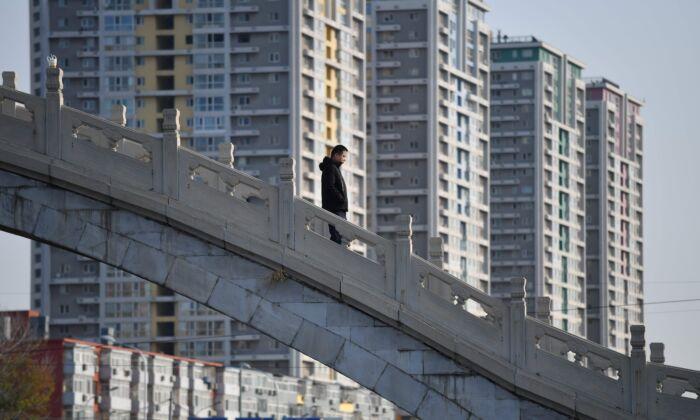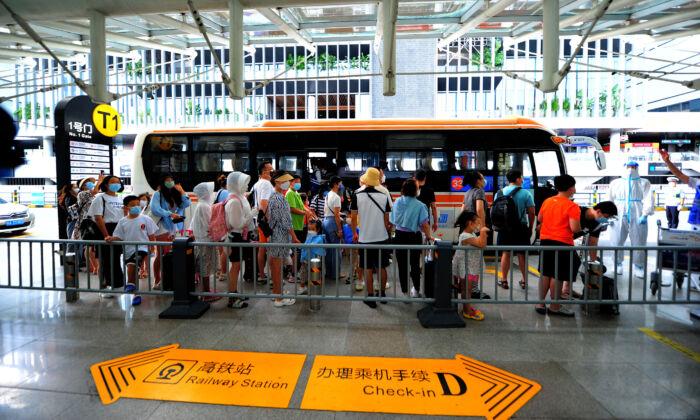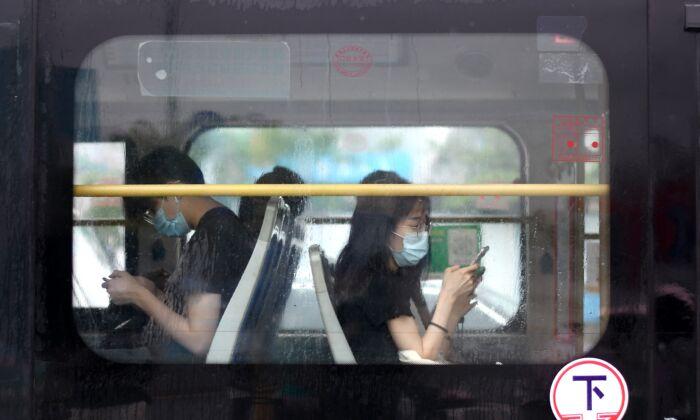Some Chinese researchers have recently sounded the alarm on China’s declining birth rate, aging population, and severe gender imbalance, as the skewed demographics are set to exacerbate social problems.
The irregularities are an after-effect of the Chinese regime’s one-child policy. Introduced in 1979, the restriction was implemented as part of population control measures as Beijing became worried about the rapidly growing population putting a strain on the country’s resources.
Due to the preference of males over females in Chinese culture, especially in rural areas where men can contribute manual labor, many families chose to abort or abandon female newborns.
This has resulted in a skewed gender ratio. In 1990, the ratio first exceeded 110 boys per 100 girls, and has never dropped from this rate since. In the early 2000s, the ratio reached 120 to 100. Today, the ratio is still above 110.
Official data shows that there were 20 million Chinese bachelors in 2015, while only 6 million women were unmarried. The bachelor crowd has since grown and is currently around 30 million.
Yang Ge, a researcher at the state-run China Academy of Social Sciences (CASS), warned that the high disparity could lead to “marital pressure, sex trafficking, sex crimes, and similar social problems.”
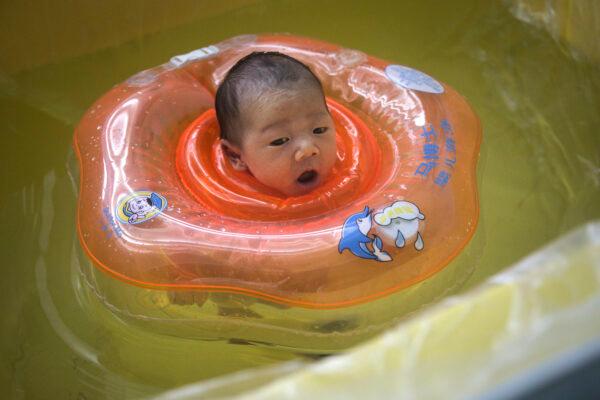
Negative Population Growth
Couples are also choosing not to have children, leading to a declining fertility rate in China.Though the Chinese regime loosened its one-child policy in 2014 and began to allow couples to have two children, the birth rate is still low due to the high cost of raising a child for the average household.
Li said that due to the falling birth rate, the country’s population would have negative growth soon, but he did not give a timeframe, according to the report.
The latest statistics shows the country has 1.4 billion people.
CASS researcher Yang Ge said it was possible negative population growth could arrive sooner than 2027, in an interview with China News Weekly.
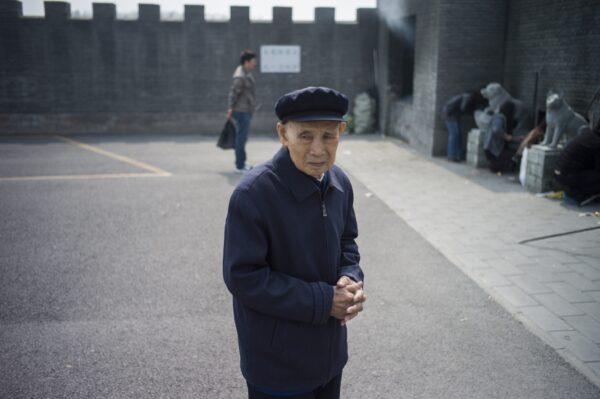
Population Aging
The skewed demographics has also led to population aging.In 2020, the official estimated life expectancy was 77.1 years old in China.
Frank Xie, business professor at the University of South Carolina Aiken, said that the burden of paying for the elderly’s pensions and healthcare would take a toll on the Chinese economy.
The society will also have a lack of laborers as the population ages.
The current retirement age for men is 60. On Dec. 7, the Chinese regime raised the retirement age for women from 50 or 55 (the former for manual laborers, the latter for white-collar workers) to 60.
